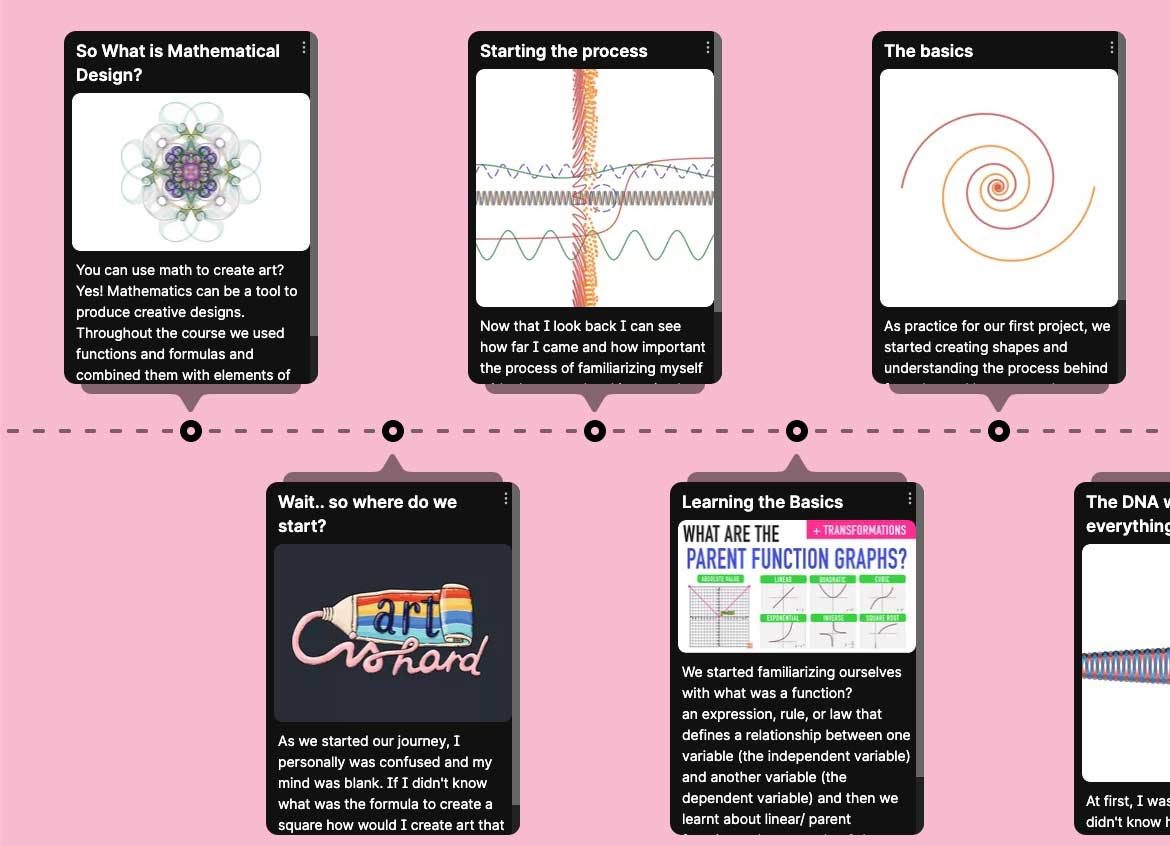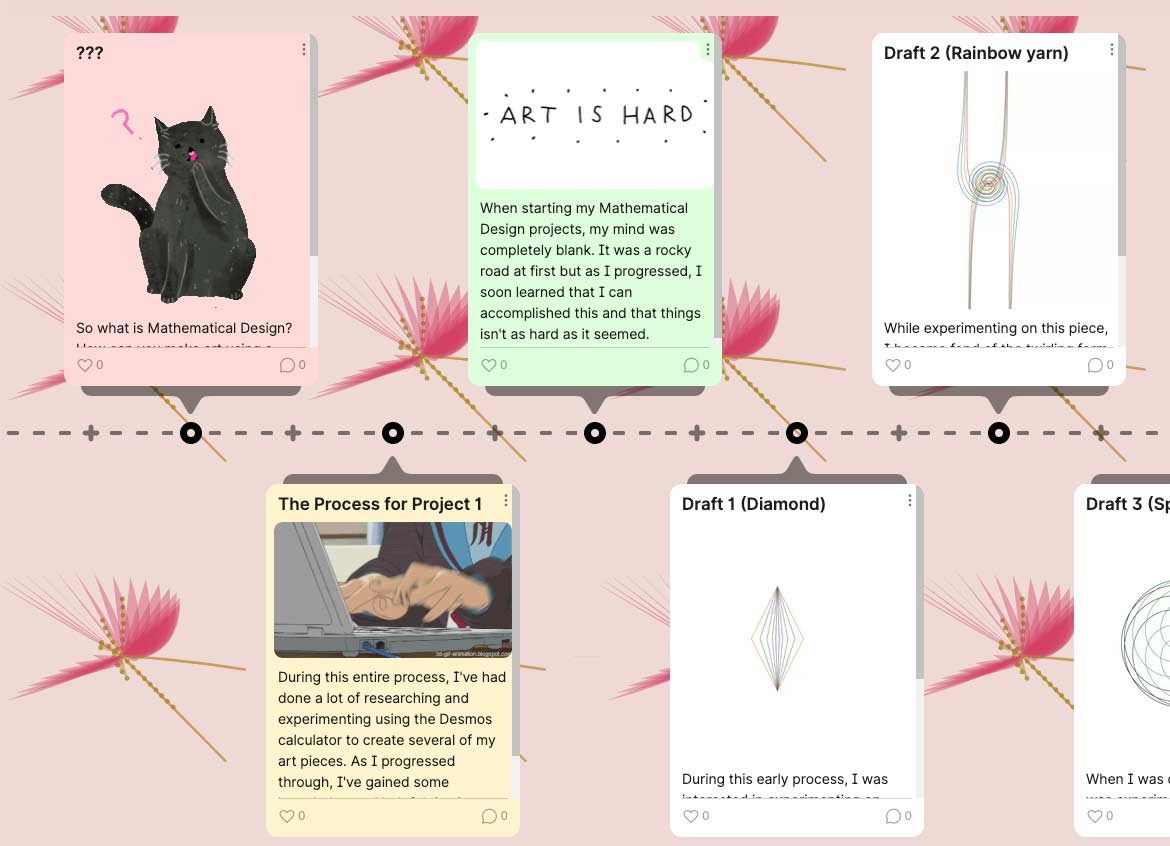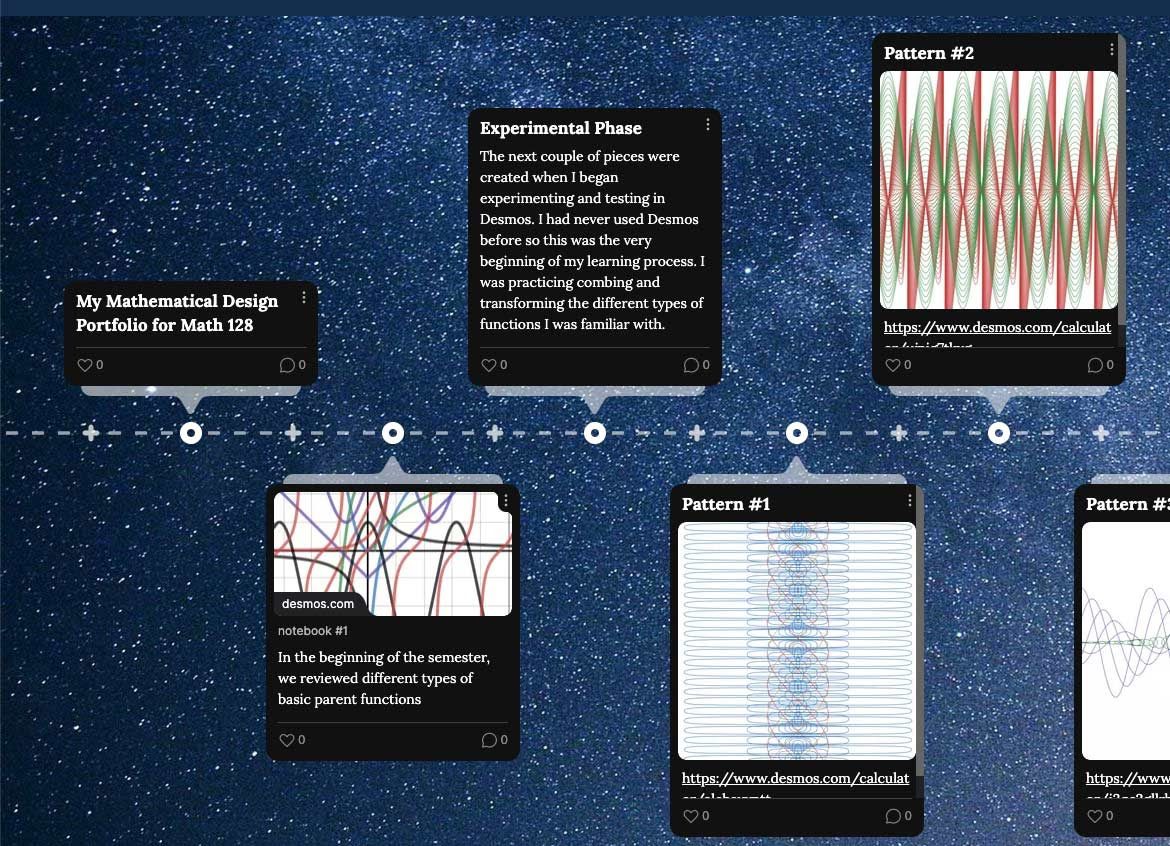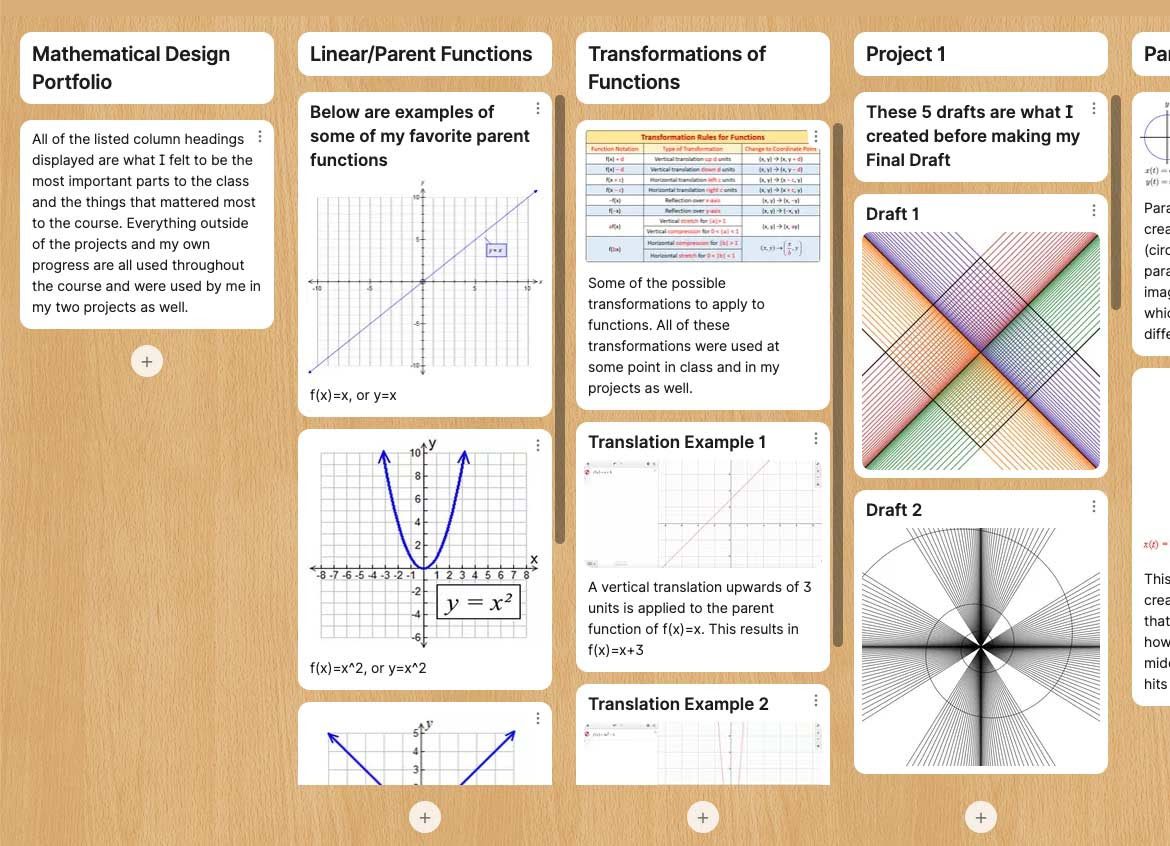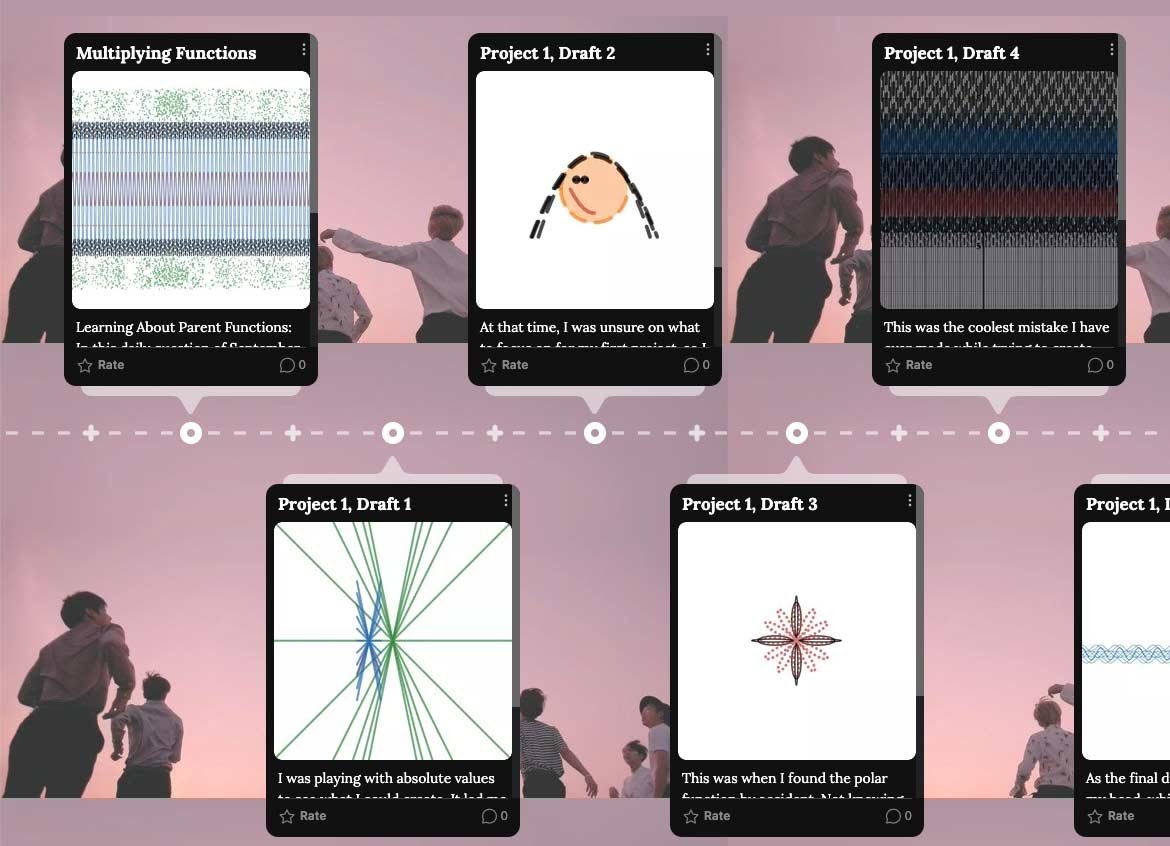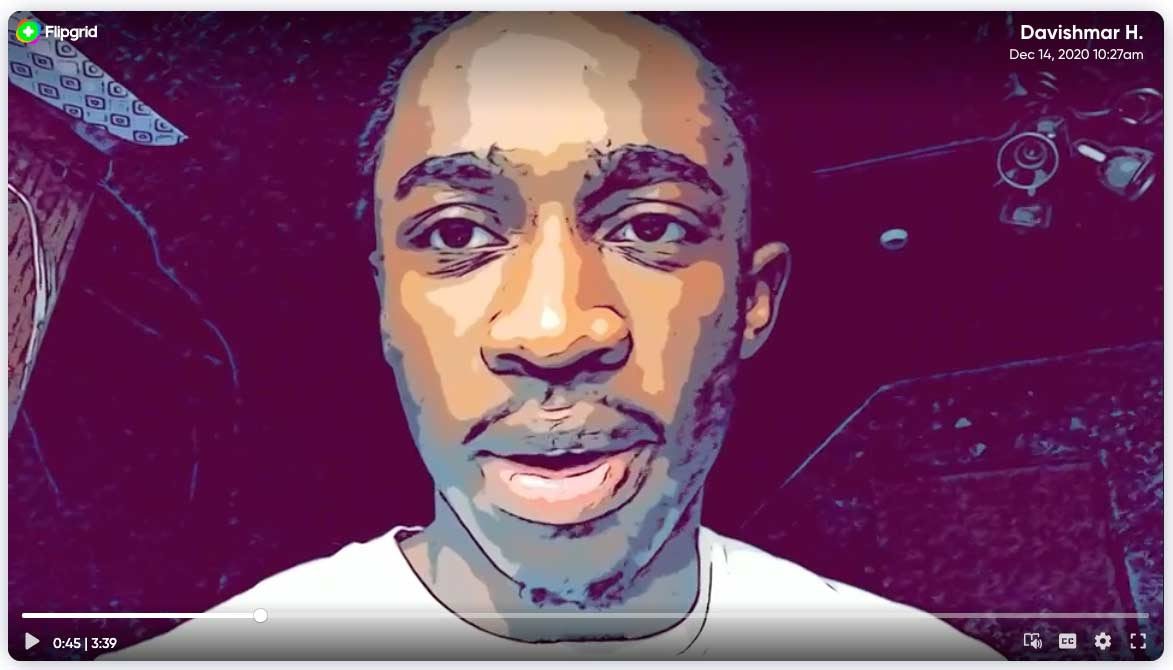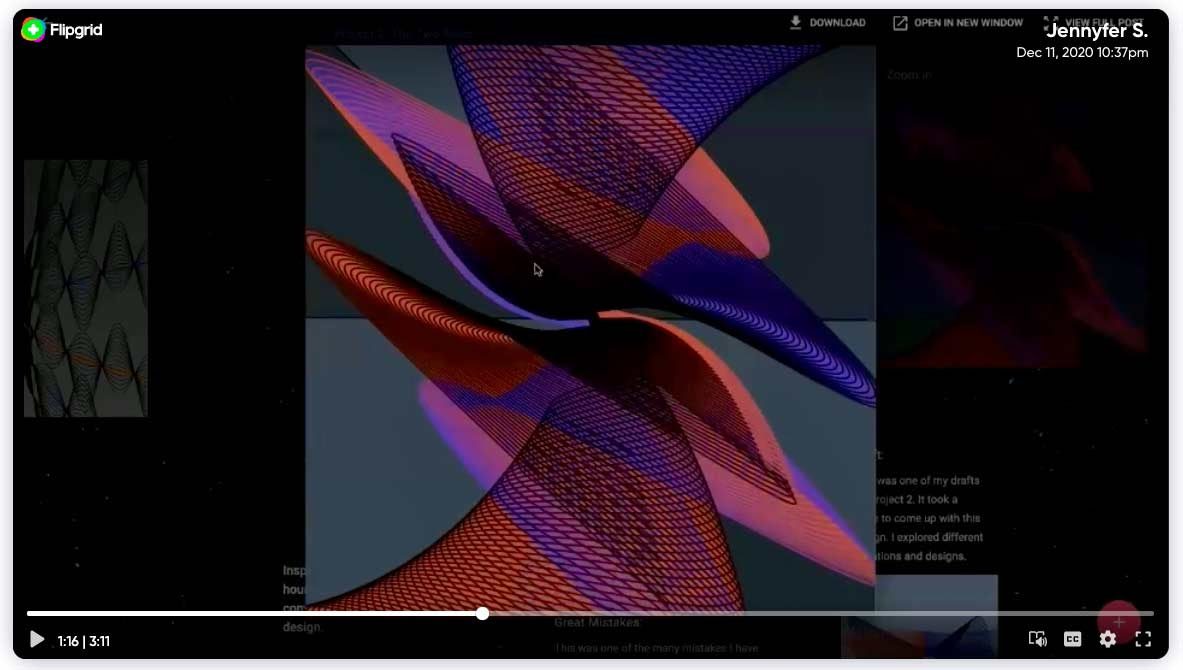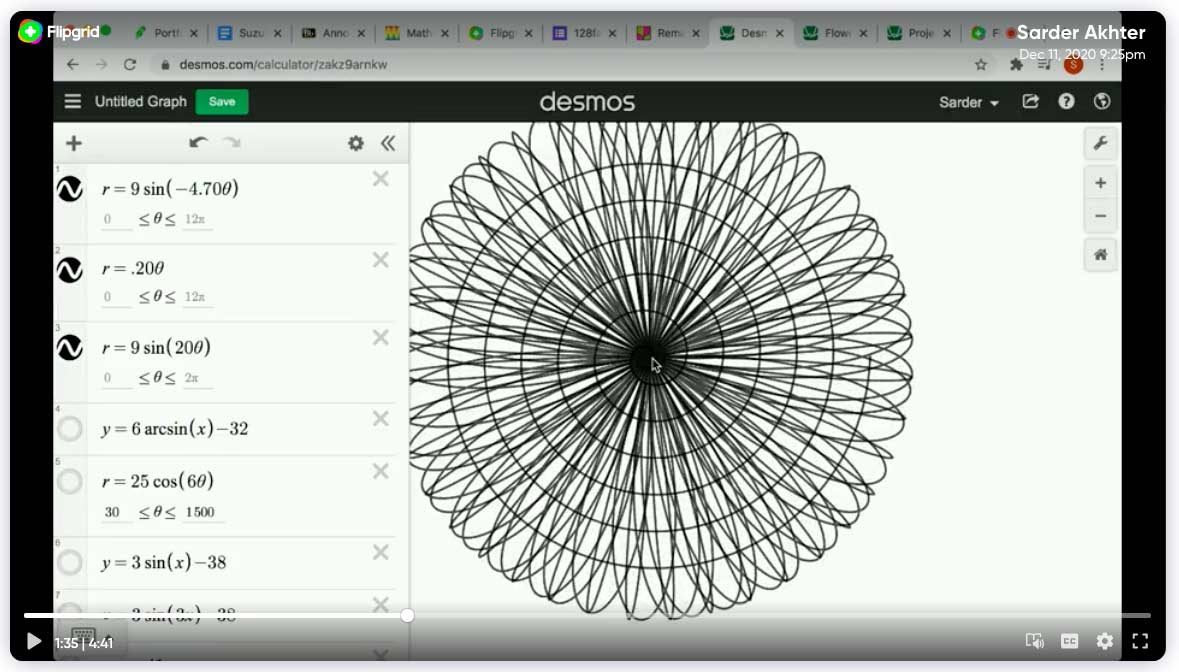Virtual Showcase
2021 Student Showcase
Welcome to the Make STEAM Q Virtual Showcase. Featuring student projects from the 2020 – 2021 Make STEAM Q faculty cohorts, these innovative projects were created while classes were conducted primarily online during the COVID-19 pandemic. Each video summarizes a semester-long adventure into curriculum using design thinking methodologies and novel hands-on solutions during a challenging period defined by remote learning.
CSCI100: Information and Intelligence
Course description: Information measurement, encoding, and transmission as related to the design of artificial intelligence agents such as search engines, robots, and programs that mimic human intelligence. Models of human and artificial intelligence; relations among information, meaning, and data; diagnostic and causal reasoning in the presence of uncertainty. Readings from the literature of information theory and artificial intelligence; writing assignments, completion of a project to design and/or construct an information-driven intelligent agent.
PHOTO260: Digital Pinhole Imaging & Large Format Printing
In this course, students designed a pinhole camera from scratch. In these videos students discuss that process and their experiences learning through making and design-thinking.
Course description: Digital Pinhole Imaging & Large Format Printing will emphasize the design and creative aspects of image making through the design-thinking and making of a lens less camera utilizing a laser cutter; capturing, preparing and printing of digital images; and the digital workflow of large format printing on various media with archival pigment inkjet printers. This course will reinforce the basics of photography such as composition, subject matter, and point of view through close critique of student work. In addition to the traditional concerns of photography we will explore the effects that new digital tools have on the art of photography and how we communicate with this new photography. The course will study the aesthetic of pinhole photography and its tendency toward abstraction with a focus on new and non-traditional inkjet media. This course will be as much about making with your hands as it will be seeing with your eyes.
This course will examine the digital design and fabrication process required to design and create a laser cut pinhole camera. Students will learn the design, fabrication, and coding required to create a simple digital sensor, and the production workflow of large format digital printing.
ARTS249: Creative Coding
Course description: The computer is an amazing tool that most designers really do not use to its full potential. The software applications that are used by the masses are just that, created for the masses and are not perfect for every project. In this class we will be looking at using computational algorithms as a tool to create beautifully designed visual graphics.
Over the semester we will be exploring design topics like form, color, grids, typefaces and 3 dimensional objects and combining these with computational topics like randomization, repetition, transformation, generative and data manipulated design. Each class will consist of a lecture and live coding examples as well as student project presentations and critiques. We will be using p5js as our main platform to focus on the intersection between the visual arts and code.
MATH128: Mathematical Design
In the process of taking this course, students will:
- Develop familiarity with cartesian and polar coordinates.
- Develop familiarity with a variety of cartesian, trigonometric, polar, and parametric functions.
- Understand geometric objects and the behavior of a variety of transformations on them.
- Develop an appreciation for mathematical constructs and their aesthetics.
- Successfully implement algorithmic techniques including iteration and randomization.
- Gain an ability to analyze a problem, and identify and define the mathematical foundations and computing requirements appropriate to its solution.
- Use mathematics and programming for experimentation and as creative tools.
- Apply the design process and communicate the decisions made therein, including ideation, artistic principles, prototyping, and revisions.
- Advance teamwork skills by collaborating with classmates, discussing and solving problems in a group setting, and practicing giving and receiving constructive feedback.
- Develop techniques for succeeding in college classes, including instilling a growth mindset.
https://qcpages.qc.cuny.edu/~chanusa/courses/128/20/syllabus.html


